Birth name Henry Roeland Byrd Instruments Vocals, piano Also known as Fess Name Professor Longhair | Origin New Orleans, Louisiana Role Singer | |
 | ||
Born December 19, 1918Bogalusa, Louisiana ( 1918-12-19 ) Died January 30, 1980, New Orleans, Louisiana, United States Awards Grammy Hall of Fame, Grammy Award for Best Traditional Blues Album Albums New Orleans Piano, Rock 'n' Roll Gumbo, Live on the Queen Mary, Crawfish Fiesta, Longhair Boogie Profiles | ||
Occupation(s) Musician, songwriter | ||
Professor longhair go to the mardi gras roqnrol favorites
Henry Byrd redirects here. For those of a similar name, see Harry Byrd (disambiguation) or Henry Bird (disambiguation)
Contents
- Professor longhair go to the mardi gras roqnrol favorites
- Professor longhair tipitina
- Biography
- Afro Cuban elements
- Albums
- Compilations
- Filmography
- Quotation
- References
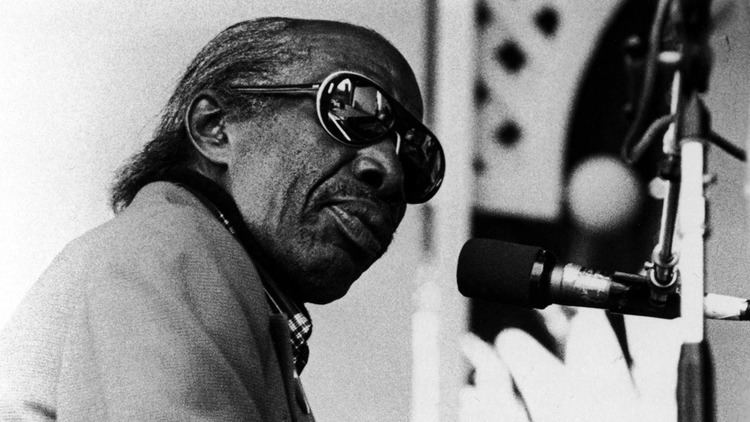
Henry Roeland "Roy" Byrd (December 19, 1918 – January 30, 1980), better known as Professor Longhair, was a New Orleans blues singer and pianist. He was active in two distinct periods, first in the heyday of early rhythm and blues and later in the resurgence of interest in traditional jazz after the founding of the New Orleans Jazz and Heritage Festival in 1970. His piano style has been described as "instantly recognizable, combining rumba, mambo, and calypso."
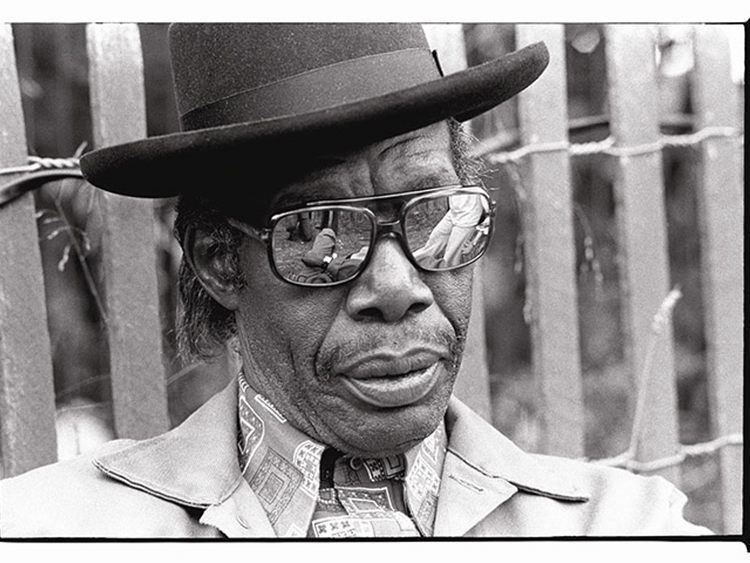
The music journalist Tony Russell (in his book The Blues: From Robert Johnson to Robert Cray) wrote that "The vivacious rhumba-rhythmed piano blues and choked singing typical of Fess were too weird to sell millions of records; he had to be content with siring musical offspring who were simple enough to manage that, like Fats Domino or Huey "Piano" Smith. But he is also acknowledged as a father figure by subtler players like Allen Toussaint and Dr. John."

Professor longhair tipitina
Biography
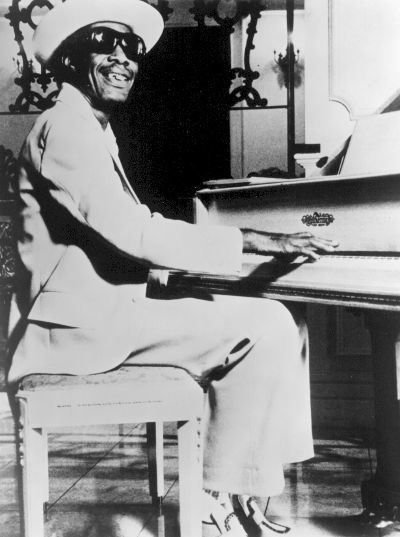
Byrd was born on December 19, 1918, in Bogalusa, Louisiana. His distinctive style of piano playing was influenced by learning to play on an instrument that was missing some keys.
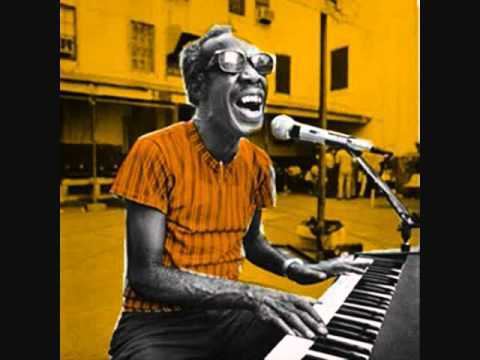
He began his career in New Orleans in 1948. Mike Tessitore, owner of the Caldonia Club, gave Longhair his stage name. Longhair first recorded in a band called the Shuffling Hungarians in 1949, creating four songs (including the first version of his signature song, "Mardi Gras in New Orleans") for the Star Talent record label. Union problems curtailed their release, but Longhair's next effort for Mercury Records the same year was a winner. Throughout the 1950s, he recorded for Atlantic Records, Federal Records and local labels. Professor Longhair had only one national commercial hit, "Bald Head", in 1950, under the name Roy Byrd and His Blues Jumpers. He also recorded his favorites, "Tipitina" and "Go to the Mardi Gras". However, he lacked crossover appeal among white audiences.
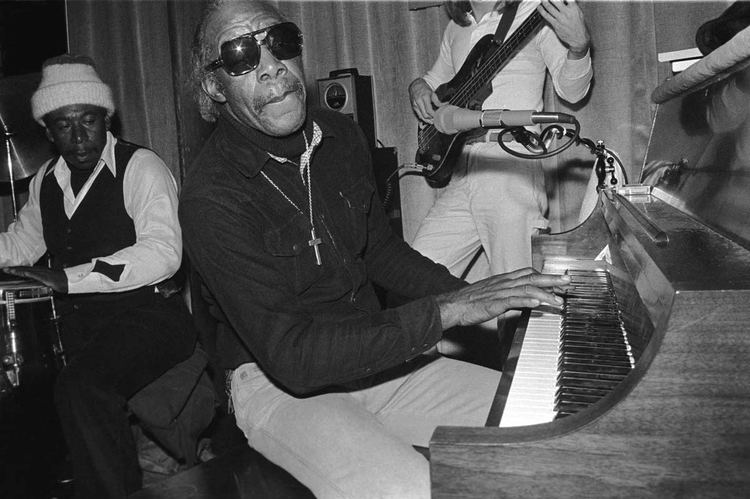
After suffering a stroke, Professor Longhair recorded "No Buts – No Maybes" in 1957. He re-recorded "Go to the Mardi Gras" in 1959.
He first recorded "Big Chief" with its composer, Earl King, in 1964. In the 1960s, Professor Longhair's career faltered. He became a janitor to support himself and fell into a gambling habit.
He appeared at the New Orleans Jazz and Heritage Festival in 1971 and at the Newport Jazz Festival and the Montreux Jazz Festival in 1973. His album The London Concert showcases work he did on a visit to the United Kingdom.
By the 1980s his albums, such as Crawfish Fiesta on Alligator Records and New Orleans Piano on Atlantic Records, had become readily available across America. He appeared on the PBS series Soundstage (with Dr. John, Earl King, and the Meters) in 1974 and co-starred in the film documentary Piano Players Rarely Ever Play Together. Longhair died of a heart attack while filming was under way. Footage from his funeral was included.
Professor Longhair was inducted into the Blues Hall of Fame in 1981. He was awarded a posthumous Grammy Award for his early recordings released as House Party New Orleans Style. He was inducted into the Rock and Roll Hall of Fame in 1992.
The B-side of the 1985 Paul McCartney single "Spies Like Us", entitled "My Carnival", credited to McCartney and Wings, was recorded in New Orleans and dedicated to Professor Longhair.
His song "Tipitina" was covered by Hugh Laurie on the 2011 CD album Let Them Talk. Laurie is a long-time fan, having used Longhair's "Go to the Mardi Gras" as the theme for the pilot episode of A Bit of Fry & Laurie.
The famous New Orleans music venue Tipitina's is named after one of Longhair's signature songs, and was created specifically as a venue for Longhair to perform in his aged years. Currently, a bust of Professor Longhair greets visitors upon entering the venue.
Afro-Cuban elements
In the 1940s, Professor Longhair was playing with Caribbean musicians, listening a lot to Perez Prado's mambo records, and absorbing and experimenting with it all. He was especially enamored with Cuban music. Longhair's style was known locally as "rumba-boogie". Alexander Stewart stated that Longhair was a key figure bridging the worlds of boogie-woogie and the new style of rhythm and blues. In his composition "Misery," Professor Longhair played a habanera-like figure in his left hand. The deft use of triplets in the right hand is a characteristic of Longhair's style.
Tresillo, the habanera, and related African-based single-celled figures have long been heard in the left hand-part of piano compositions by New Orleans musicians, such as Louis Moreau Gottschalk ("Souvenirs from Havana", 1859) and Jelly Roll Morton ("The Crave", 1910). One of Longhair's great contributions was the adaptation of Afro-Cuban two-celled, clave-based patterns in New Orleans blues. Michael Campbell stated, "Rhythm and blues influenced by Afro-Cuban music first surfaced in New Orleans. Professor Longhair's influence was ... far reaching. In several of his early recordings, Professor Longhair blended Afro-Cuban rhythms with rhythm and blues. The most explicit is 'Longhair's Blues Rhumba,' where he overlays a straightforward blues with a clave rhythm." The guajeo-like piano part for the rumba-boogie "Mardi Gras in New Orleans" (1949) employs the 2-3 clave onbeat/offbeat motif. The 2-3 clave time line is written above the piano excerpt for reference.
According to Dr. John (Malcolm John "Mac" Rebennack, Jr.), the Professor "put funk into music ... Longhair's thing had a direct bearing I'd say on a large portion of the funk music that evolved in New Orleans." This is the syncopated, but straight subdivision feel of Cuban music (as opposed to swung subdivisions). Alexander Stewart stated that the popular feel was passed along from "New Orleans—through James Brown's music, to the popular music of the 1970s," adding, "The singular style of rhythm & blues that emerged from New Orleans in the years after World War II played an important role in the development of funk. In a related development, the underlying rhythms of American popular music underwent a basic, yet generally unacknowledged transition from triplet or shuffle feel to even or straight eighth notes. Concerning funk motifs, Stewart stated, "This model, it should be noted, is different from a time line (such as clave and tresillo) in that it is not an exact pattern, but more of a loose organizing principle."
Albums
Compilations
Filmography
Quotation
Black or white, local or out-of-town, they all had Longhair's music in common. Just that mambo-rhumba boogie thing.
